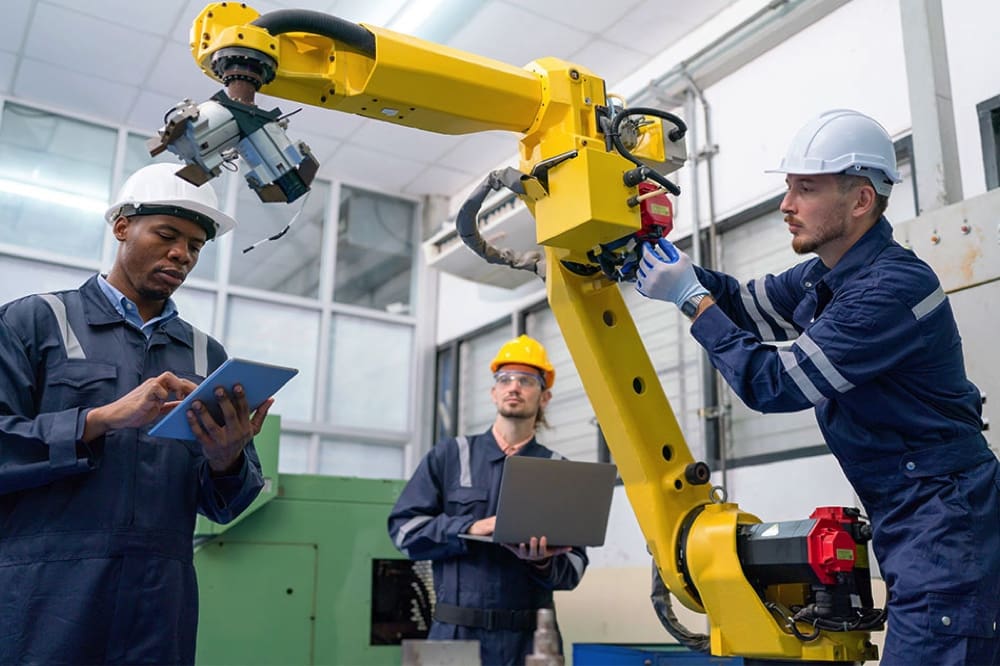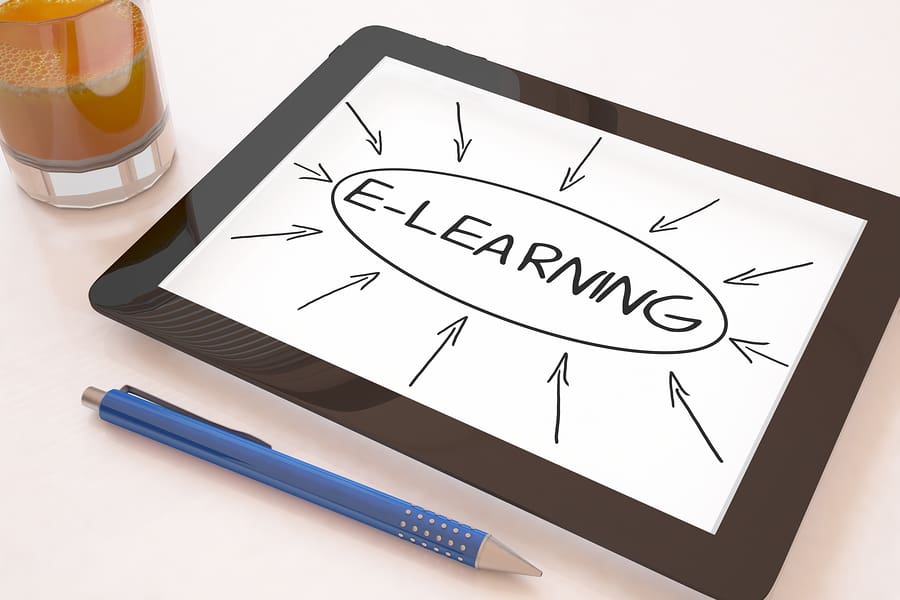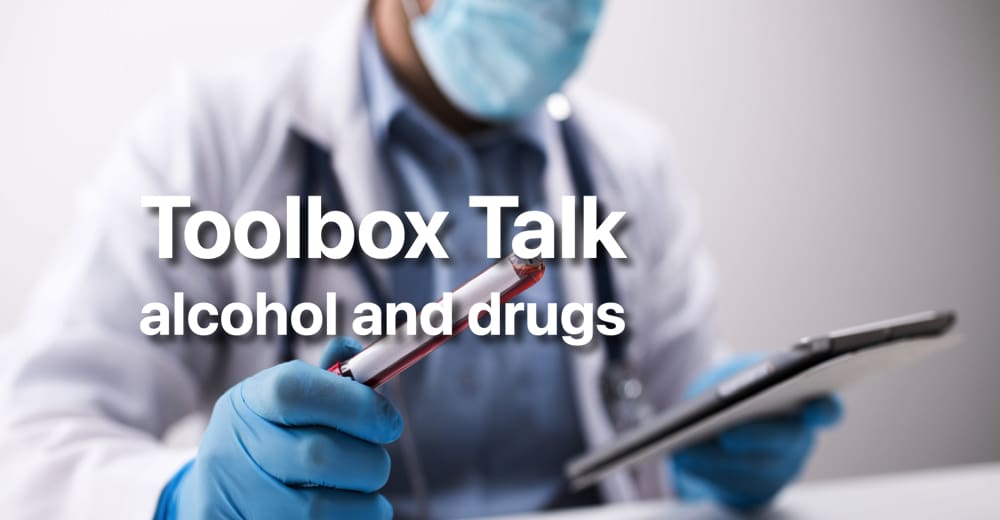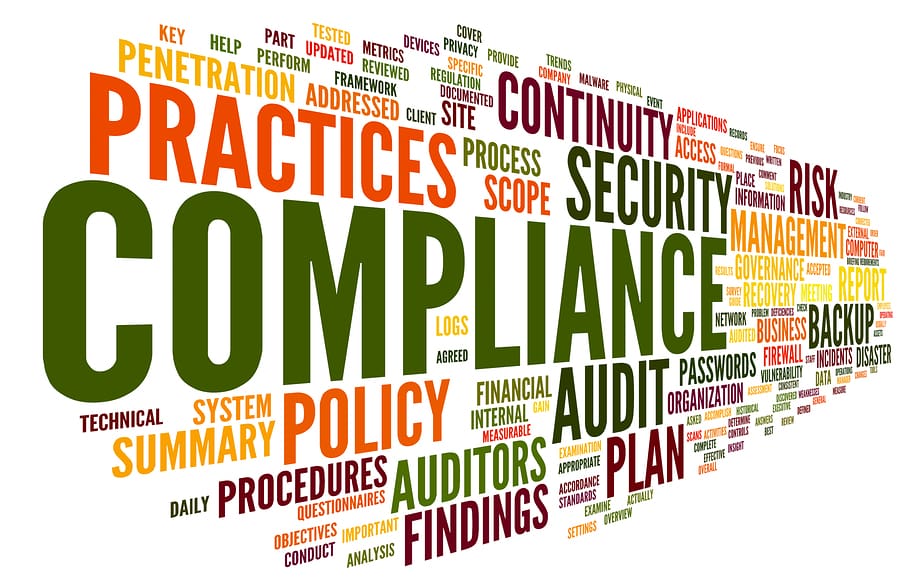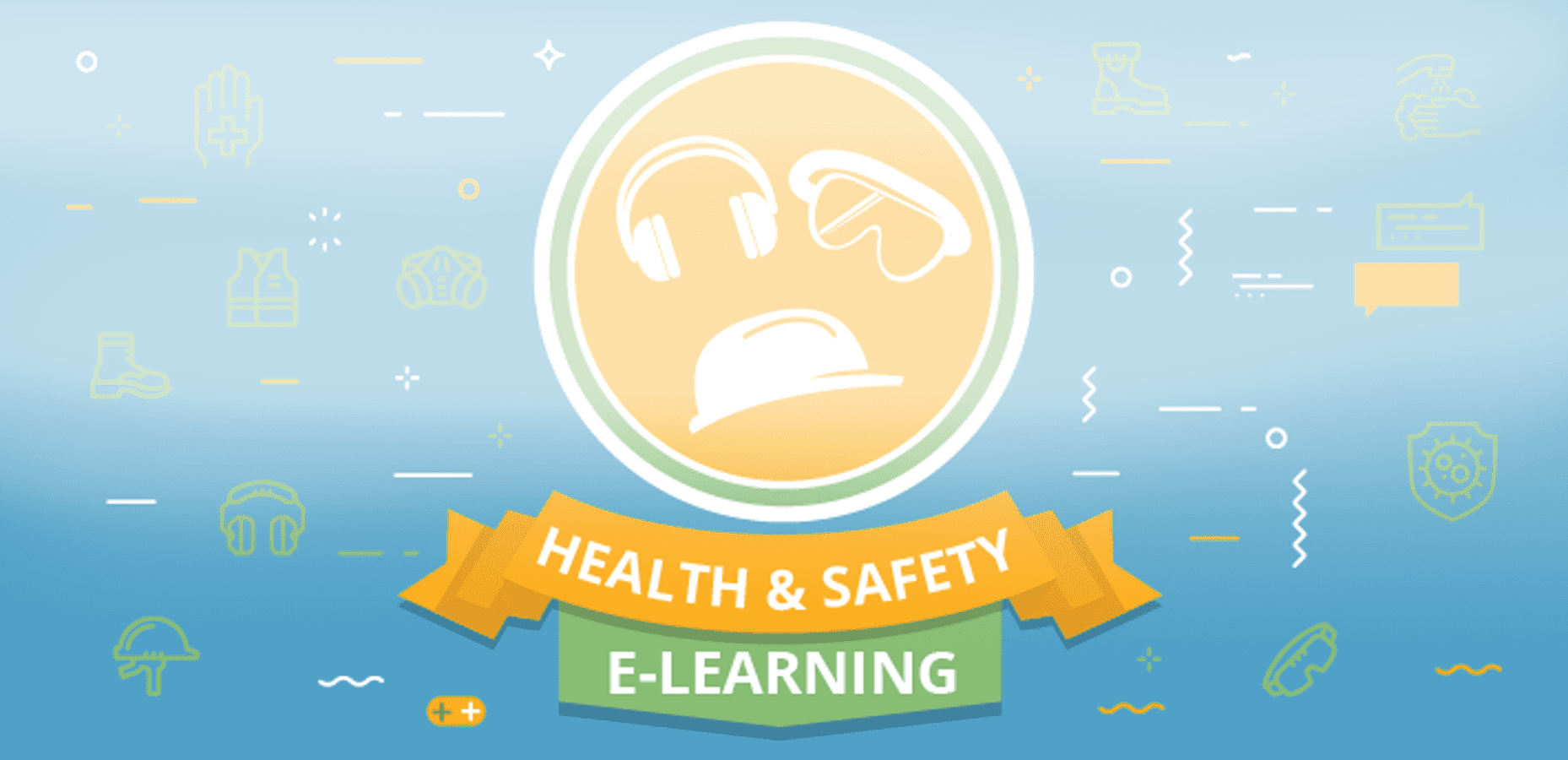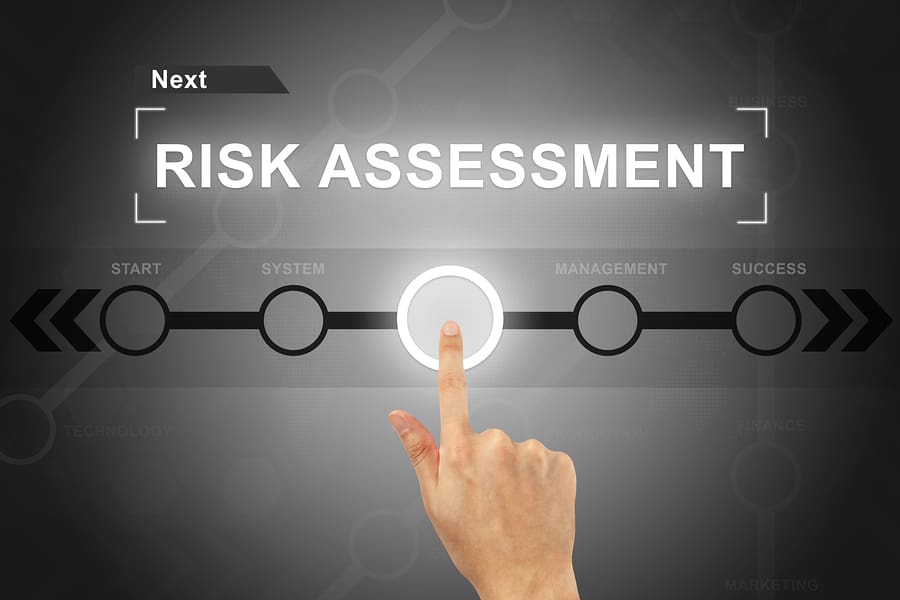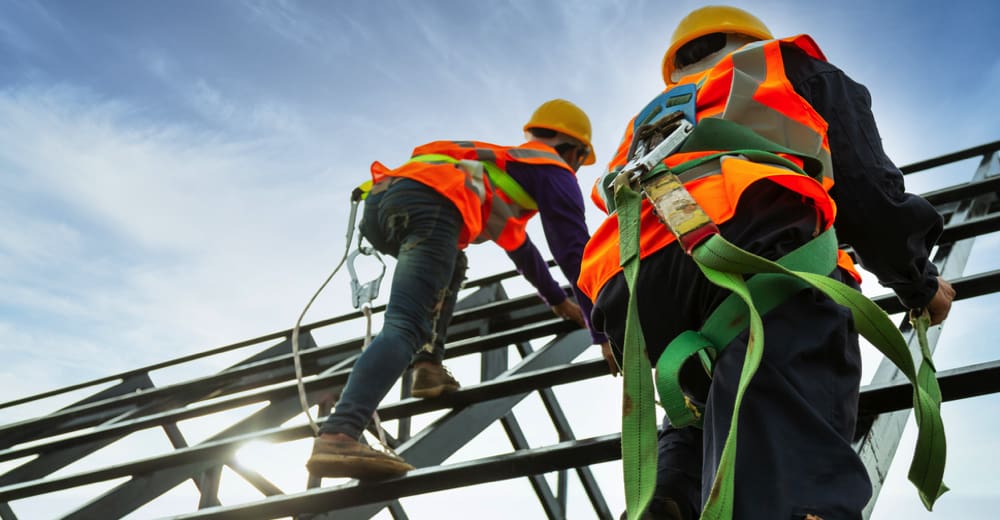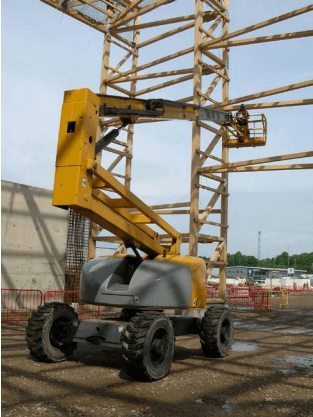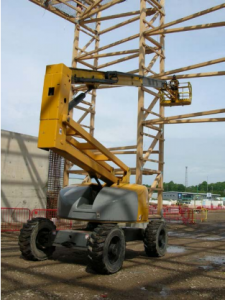Introduction to PUWER regulations
The PUWER regulations were developed to ensure that any equipment, plant and machinery in the workplace environment are safe, and pose no significant, risk to the health & safety of employees, employers.
PUWER regulations place responsibilities on people, companies and organisations who own, operate, or control plant and equipment in the work environment.
Legal duties
- Lifting Operations and Lifting Equipment Regulations 1998
- Management of Health and Safety at Work Regulations 1999 (MHSW)
- Provision and Use of Work Equipment Regulations 1998 (PUWER).
- Section 6 of the Health and Safety at Work etc. Act 1974
- Supply of Machinery (Safety) Regulations 2008.
Work Equipment
Work equipment can cover almost any equipment a worker uses, including circular saws and drilling machines, hand tools such as screwdrivers and knives, lifting equipment like lifting slings, and other equipment such as ladders and water pressure cleaners. Office equipment is also included in the definition.
The safe operation of plant and machinery requires competence, a combination of training, skills, and experience.
Recommendations for employers
Ensure:
- All work equipment is suitable for the task. Consider job, location, conditions of use, etc.
- Clear instructions are available, preferably in writing.
- Work equipment is maintained in efficient working order and good repair by competent staff or contractors.
- Work equipment is stable and adequately lit.
- Equipment can be isolated from its power source.
- Effective liaison with other owners of equipment.
- Records of maintenance are kept.
- Mobile equipment is provided with roll-over protection, as required.
Provide:
- Information, instruction, and training for employees and managers on the safe use and maintenance of equipment and who is authorised to use it.
- A planned preventative maintenance programme.
- Suitable guarding to prevent access to dangerous parts or to stop hazardous parts before a person can reach them.
- Relevant markings and warnings.
- Safe systems of work and isolation procedures, particularly for maintenance activities.
- Visible and identifiable control devices that are safe and easily accessible.
- A written agreement or internal procedures for the maintenance of hired equipment.
Guidelines to employers
Ensure that the work equipment you provide meets the requirements of (PUWER) and is:
- Suitable for use and for the purpose and conditions it uses.
- Maintained in a safe condition.
- Inspected regularly by a competent person and records are kept.
- CE or UKCA marked by the supplier.
Eliminate risks where possible using risk assessment and method statements or, if not possible, control them by:
- Taking appropriate ‘hardware’ measures, e.g. providing suitable guards, protection devices, markings and warning devices, system control devices (such as emergency stop buttons) and personal protective equipment.
- Taking appropriate ‘software’ measures such as following safe systems of work (e.g. ensuring maintenance is only performed when equipment is shut down, etc.) and providing adequate information, instruction and training.
Train, instruct and inform for each piece of equipment.
Where mobile work equipment is used for carrying people, check it is suitable for this purpose. Measures should be taken to reduce operation risks (e.g., rolling over)
Case law
A maintenance engineer slipped and caught his hand in machinery whilst attempting to steady himself. He put his hand on the rack and pinion gearing of a machine, and the pinion rolled over it. His right index finger had to be amputated. The company was fined £40,000 plus £13,000 costs for contravening PUWER relating to the dangerous parts of machinery and Regulation 3(1)(a) of MHSW for not having adequate risk assessments in place.
Manufacturing company Hanson Packed Products Ltd was prosecuted after a 26-year-old worker was fatally crushed when his arm was caught in a powered roller. There should have been fixed guards around the roller, but they were missing. The company was fined £750,000 and ordered to pay costs of £29,511.
Questions & Answers
Can anyone do a PUWER assessment?
Anyone who has the knowledge and expertise to carry out the PUWER inspection correctly and at the right time is considered a competent person. This usually is someone who has received PUWER training.
Do employees have no specific duties under PUWER?
If you are an employee you do not have any specific duties under PUWER, but you do have general legal duties to take reasonable care of yourself and others who could be affected by your actions, and to co-operate with your employer so that your employer can comply with their health and safety duties and requirements
Who carries out PUWER inspections?
This usually is someone who has received PUWER training.
How often should PUWER checks be done?
When recommended by the manufacturer, inspections may be carried out weekly. It may be deemed that monthly inspections would be sufficient. Performing PUWER inspections outside of the recommended timescales could lead to equipment failing unexpectedly and a waste of valuable resources.







